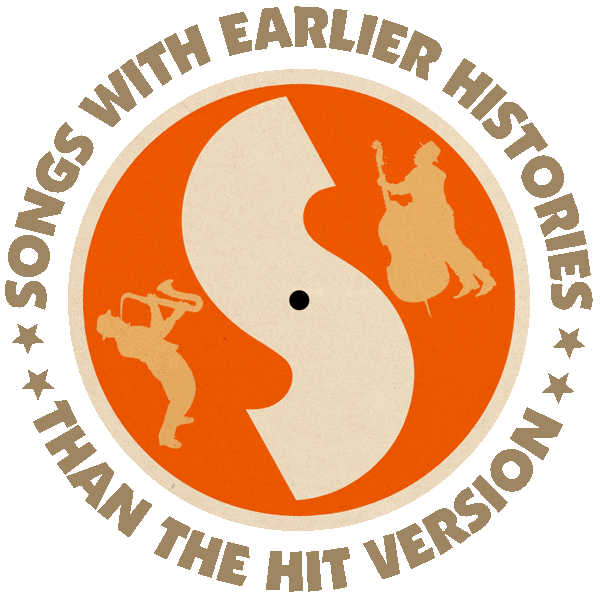Written and first recorded by Laura Nyro (1966).
Also recorded by The Blossoms (B-side 1967 |A-side 1969), The Stone Poneys (1968), Peggy Lipton (US #121 1968).
Hit version by Barbra Streisand (US #6/MOR #2/CAN #5/UK #27 1971).
From the wiki: “Laura Nyro (1947–1997) was an American songwriter, singer, and pianist. She achieved critical acclaim with her own recordings, particularly the albums Eli and the Thirteenth Confession (1968) and New York Tendaberry (1969), and had commercial success with artists such as Barbra Streisand and The 5th Dimension recording her songs.
“Nyro’s style was a hybrid of Brill Building-style New York pop, jazz, gospel, rhythm and blues, show tunes, rock, and soul. As a child, she taught herself piano, read poetry, and listened to her mother’s records by Leontyne Price, Billie Holiday and classical composers such as Ravel and Debussy. She composed her first songs at age eight. With her family, she spent summers in the Catskill Mountains, where her father played the trumpet at resorts.
“‘Stoney End’ was first recorded by Nyro in 1966 and released in 1967 on the Verve/Folkway album More Than a New Discovery (later reissued as Laura Nyro, 1969, and as The First Songs, 1973). For the single version of ‘Stoney End,’ Nyro was forced to rework some of the lyrics that referred to the Bible, because Verve felt it would cause too much controversy.

